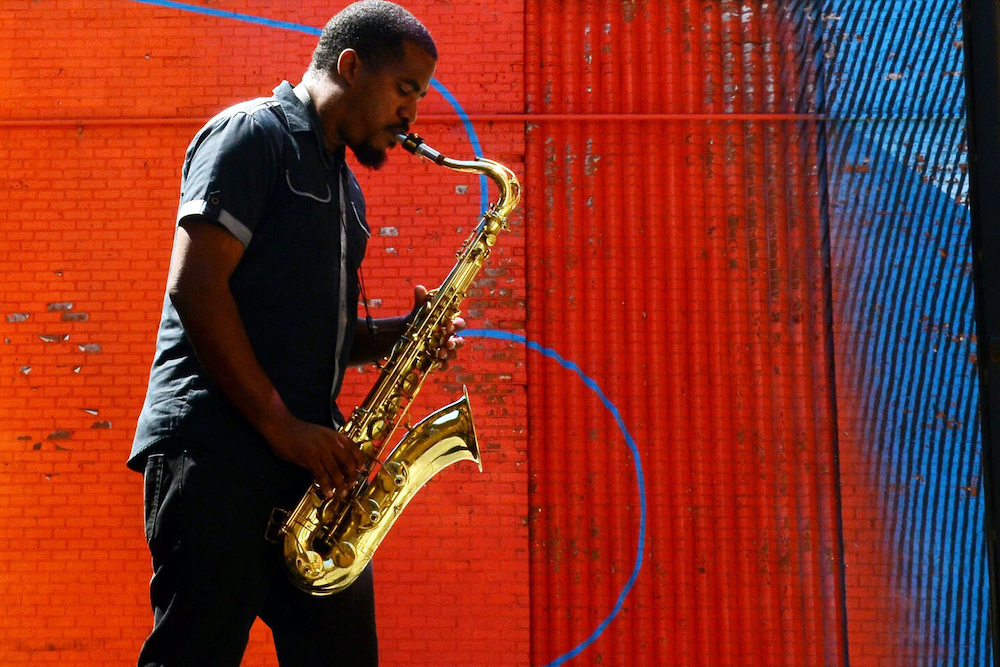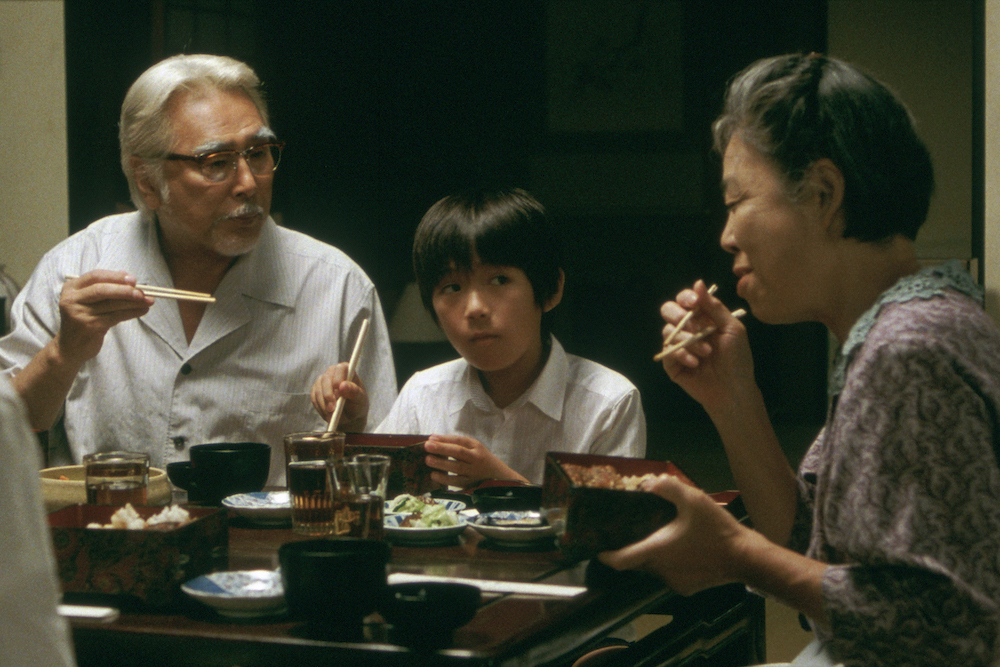James Brandon Lewis has quietly become a legend in edgy jazz circles over the past decade, picking up where Albert Ayler and David S. Ware left off under the sign of John Coltrane and adding his own highly lyrical sense of song into the mix. I hadn’t known about him, but the recent buzz (including this New York Times profile) tipped me off, and I’m deeply grateful. Lewis’s compositions and solos always feel like they are about something, even if that something is veiled or just beyond the reach of words. Lewis’s amazing new record, Jesup Wagon—his first with his Red Lily Quintet—takes inspiration from the work and life of the Renaissance man George Washington Carver. The music is alternately beautiful and jarring, anxious and clear-eyed. I especially enjoy the musical conversation between Lewis and the cornet player Kirk Knuffke. And I’m absolutely in love with the drumming of Chad Taylor, whose sound is paradoxically anxious and steady. William Parker on bass and Chris Hoffman on cello hold down the low end and add plenty of flourishes and surprises. This is a not-unfriendly way into the challenging fringe of the jazz universe, and after a few listens, Jesup Wagon becomes a good friend indeed, a record equally suited to headbanging and meditation. —Craig Morgan Teicher
The poems found in Moon Bo Young’s collection Pillar of Books, translated from the Korean by Hedgie Choi and published by Black Ocean, are strange and discursive, off-kilter in both their humor and their phrasing. “My lover forgot their brain when they left,” begins “Brain and Me.” “I could blend it and drink it, I guess.” Meanwhile, in “__________*,” the narrator has a relationship with Kafka’s The Trial that goes far beyond the usual readerly obsession: “In Kafka’s The Trial there’s actually a sentence that goes ‘__________*’ The only person who’s seen that sentence is me.” Multiple poems feature the characters of Antoine, Gemelle, and Strains, three young poets who move through life in a series of danger-tinged pratfalls (a few lines from “Collaboration Poem,” where the trio first appears: “This is how art forms change, / says the poet at the podium, / The readers and the poet go bananas and / they become banana-rich”). “Moon Bo Young is both super-funny and super-serious,” Choi explains in her translator’s note. “There’s levity and surrealism, but there’s also God and Death.” Pillar of Books is a collection that wields both modes effectively, frequently employing them in the space of a poem, a stanza, a line. —Rhian Sasseen
It is an anomaly, I think, that the entirety of a story collection be a page-turner, but I count Brandon Taylor’s Filthy Animals among those rare gems that accomplish such a feat. Taylor’s new book kept me reading not just within but between stories as I eagerly devoured one and jumped right into the next. The collection is described as a “portrait of young adults enmeshed in desire and violence,” and this—the knife’s edge between desire and violence, their sometimes (or perhaps frequent) interplay—makes for an incredibly compelling through-line cutting down the center of the book. Three characters in particular weave in and out of the collection: a graduate student named Lionel, who’s on medical leave, and a romantic couple, the dancers Sophie and Charles. After he sleeps with Charles, Lionel finds himself a pawn in a strange power game between the couple; while Lionel and Charles are physically intimate, it is Sophie’s role in the game, all manipulation and control and a sort of social sadism, that makes for some of the most taut and compelling moments in the book. These stories depict the various harms that can accompany intimacy, but they also paint a beautiful portrait of people seeking genuine connection, whether it be with lovers, friends, or family members. Rarely is a collection so tonally cohesive across the board. All in all, Filthy Animals is fantastic—unsettling in a very human way, fully realized, and a major success. —Mira Braneck
If you haven’t read J. Robert Lennon, head on over to the Review’s archive and check out his work in the Spring 2010 issue. Really, follow that link. It’s worth the detour. I’ll wait. If you’re jumping back in after reading “The Impossible Man,” you’ll know how a seemingly understandable situation can, in Lennon’s hands, spiral into a scenario of nightmarish complexity. The stories—mostly what we might call flash fictions—in his latest collection, Let Me Think, operate on similar premises. Appearing as flippant or even absurdist dialogues between a married couple, the “Marriage” stories are particularly deceptive in their simplicity, serving as thematic waypoints throughout the book and illustrating how two people may share everything from their home to their native tongue yet still struggle to express the simplest of life’s truths to each other: “Then our marriage is a lie, she says. No, he says. Our marriage is a mystery.” Many of these pieces are about the difficulties of communication, as suggested by the title and the clever cover art—seventy-one numbered points, which, after the stories in this collection, have been carefully placed in service of a cohesive vision. I’m sure you’ll want to connect the dots for yourself. That is, after all, the name of the game. —Christopher Notarnicola
Hirokazu Kore-eda’s film Still Walking takes place in a home of captivating and understated elegance. It belongs to the mother and father of Ryoto, a brooding art restorer who has brought his new wife and stepson for a summer weekend visit. His sister teases him in the kitchen over the sizzle and pop of frying corn tempura, and the rhythms of the film flow around meals taken in a dining room that opens out to a lush back garden. As Still Walking progresses, it becomes harder and harder to comprehend the layout of the house: new scenes reveal rooms and halls that seem disjointed. In the same way, a story that begins as a simple portrait of a family slowly reveals the intricate relationships between characters, and how a past tragedy has left an open wound in each. But Kore-eda’s eye is for small details, and his ear is for humor, crafting all of this with a lightness that counterintuitively lends the movie its gravitas. —Lauren Kane
from The Paris Review https://ift.tt/3htl287



Comments
Post a Comment